Microscope
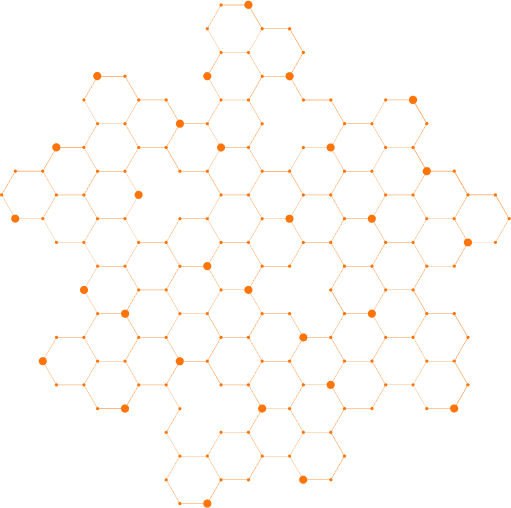
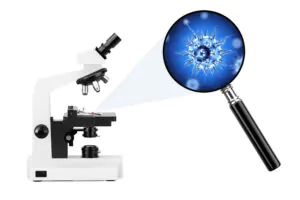
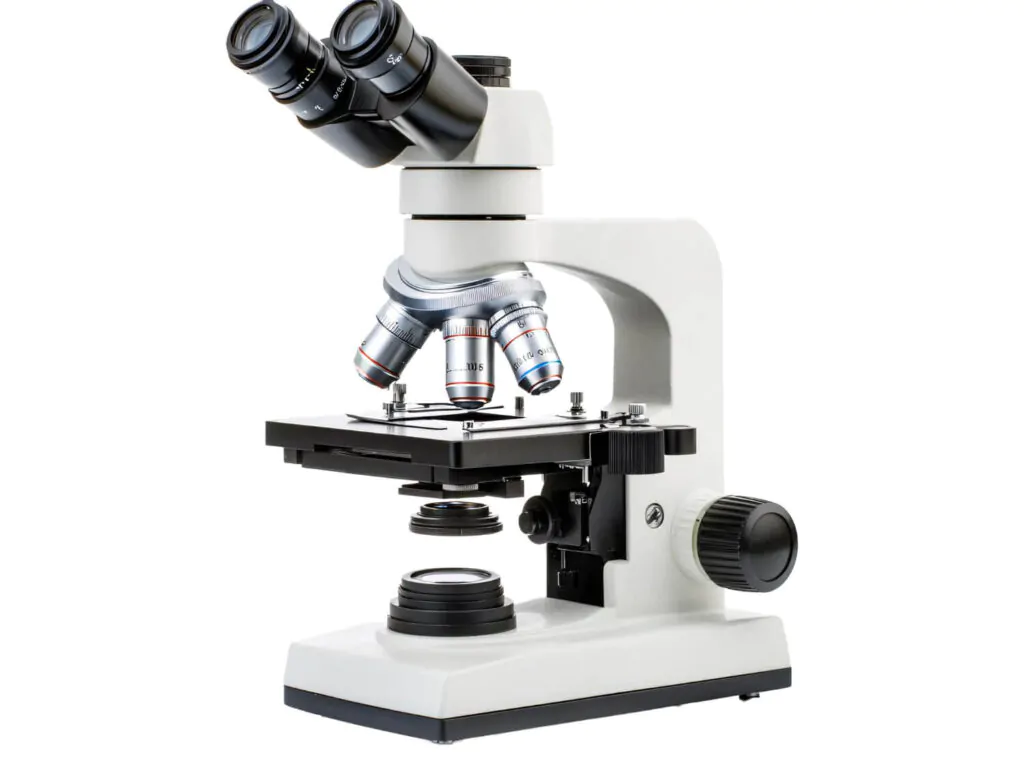
About Microscopes
A microscope is a very special tool. It helps you see things that are too small for your eyes. You can see tiny cells, small germs, and very fine details on surfaces. Without a microscope, we would not know much about the tiny world around us. So, a microscope is very important for learning and for science.
Explore Our Microscope Collection
We have a large collection of microscopes. You will find different types of microscopes here. We make sure to have the right microscope for many different needs. So, you can explore our wide collection.

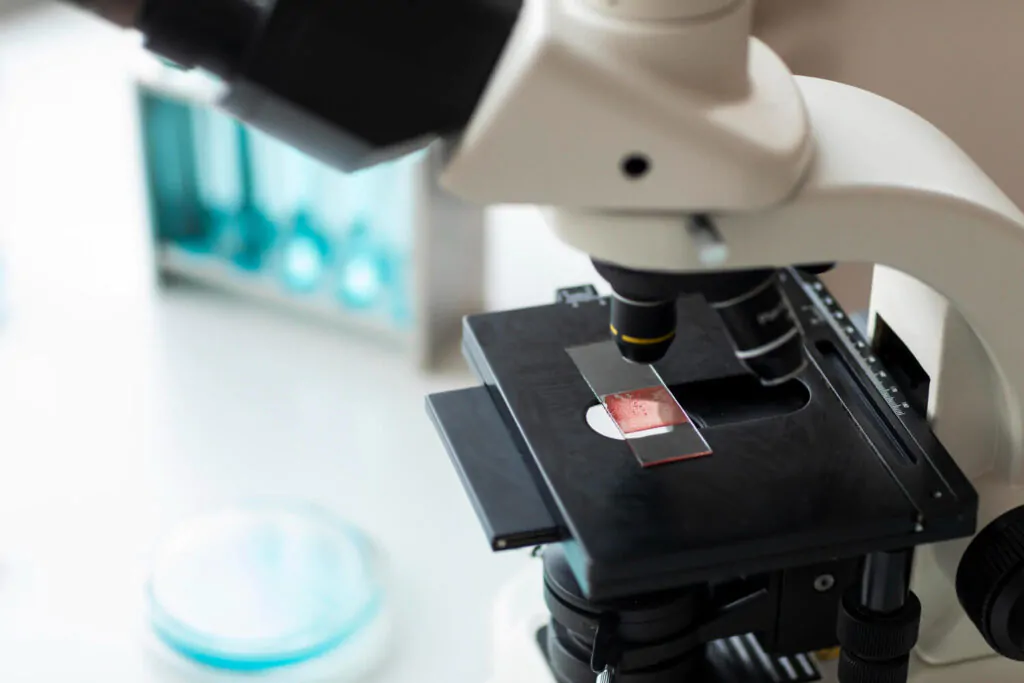
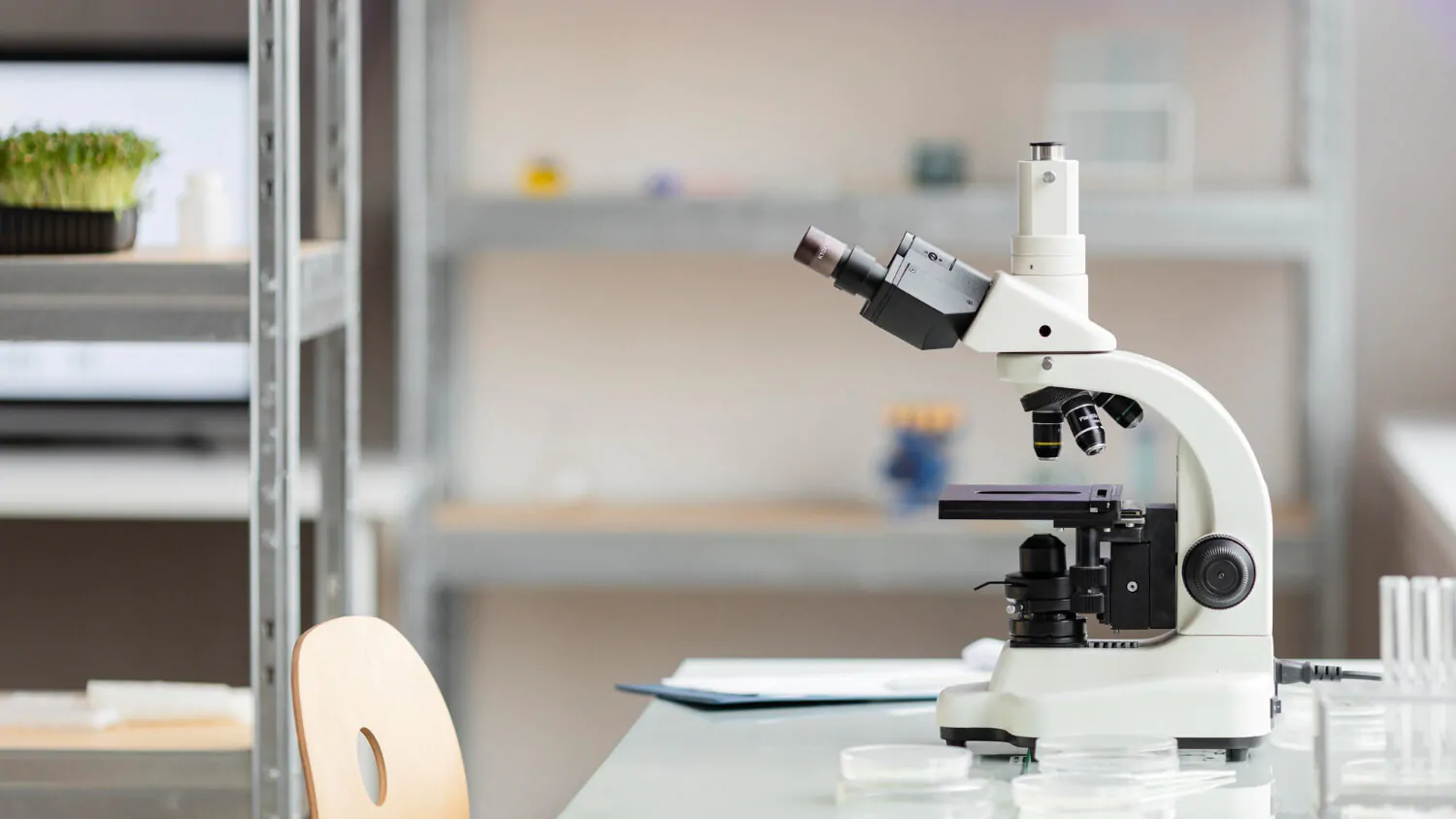
Types of Microscopes We Offer
Here are some of the microscopes you can find:
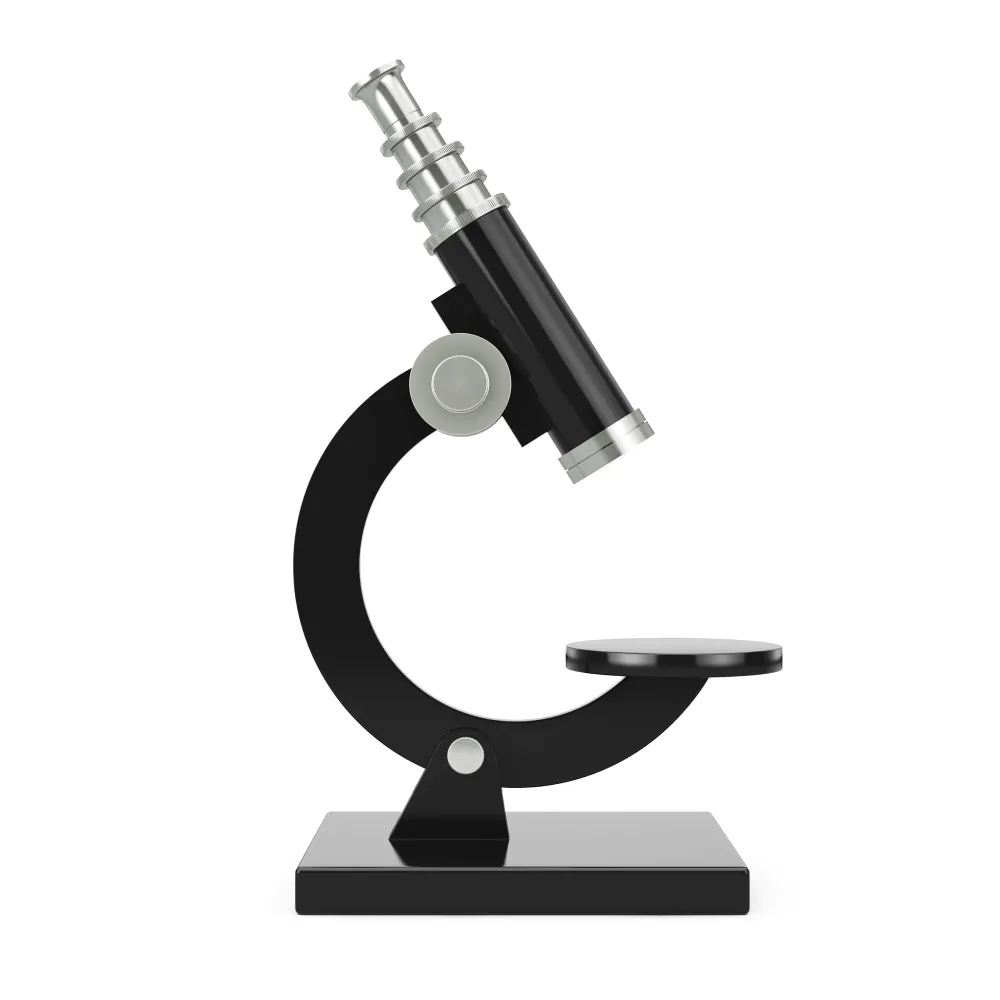
Light Microscope
A light microscope is a basic tool. It uses light to let you see small things, and you can look through it easily.
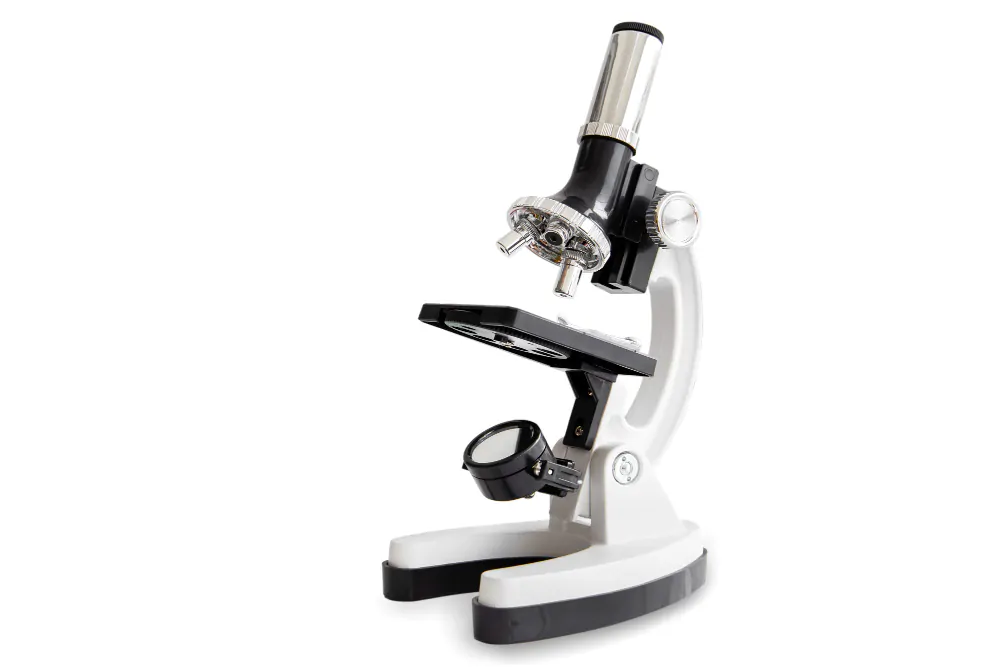
Compound Microscope
A compound microscope is a light microscope. It is very powerful, and it uses many lenses to see tiny cells.
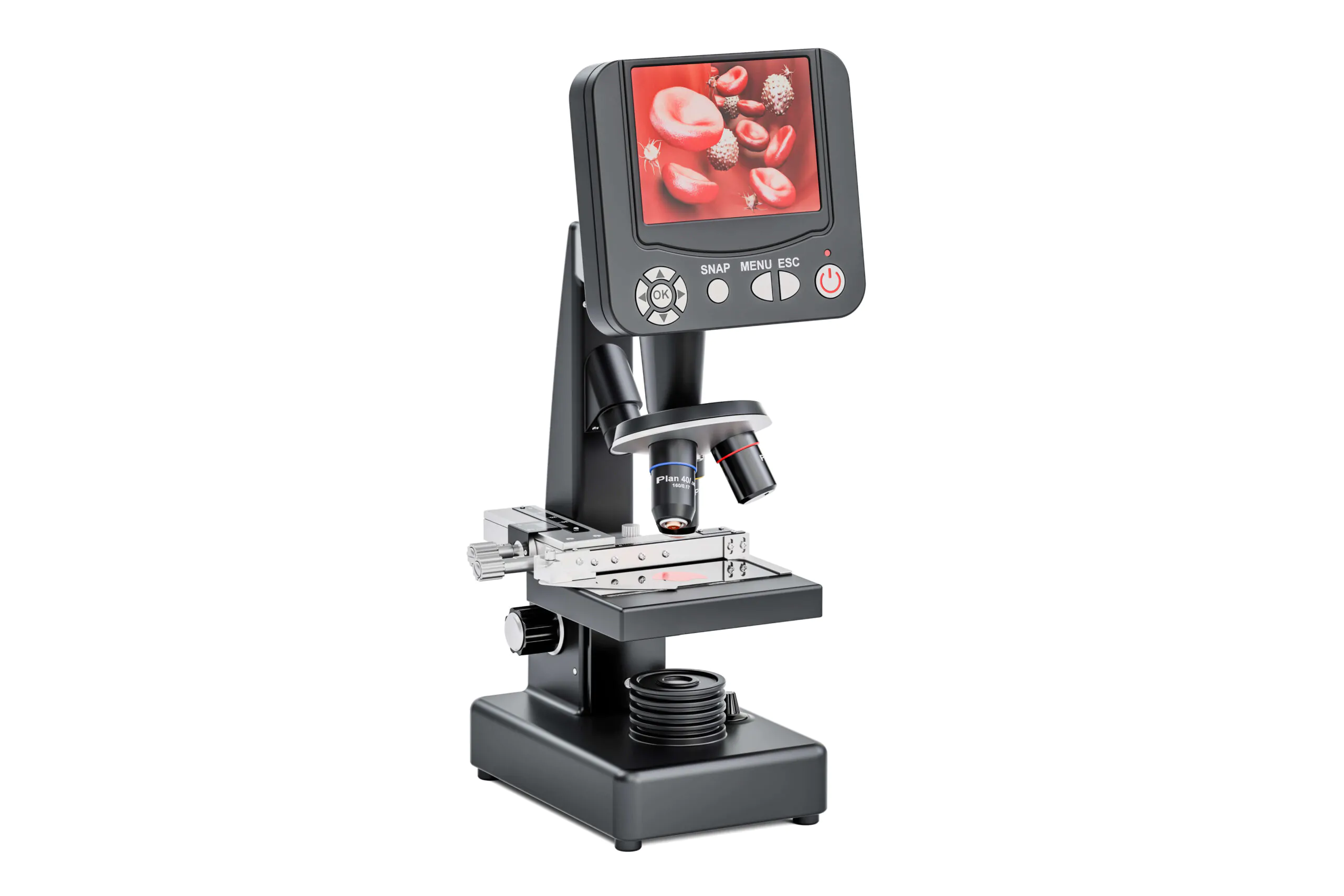
Digital Microscope
A digital microscope connects to a screen. You can see the image on a computer, so it is easy to share what you see.
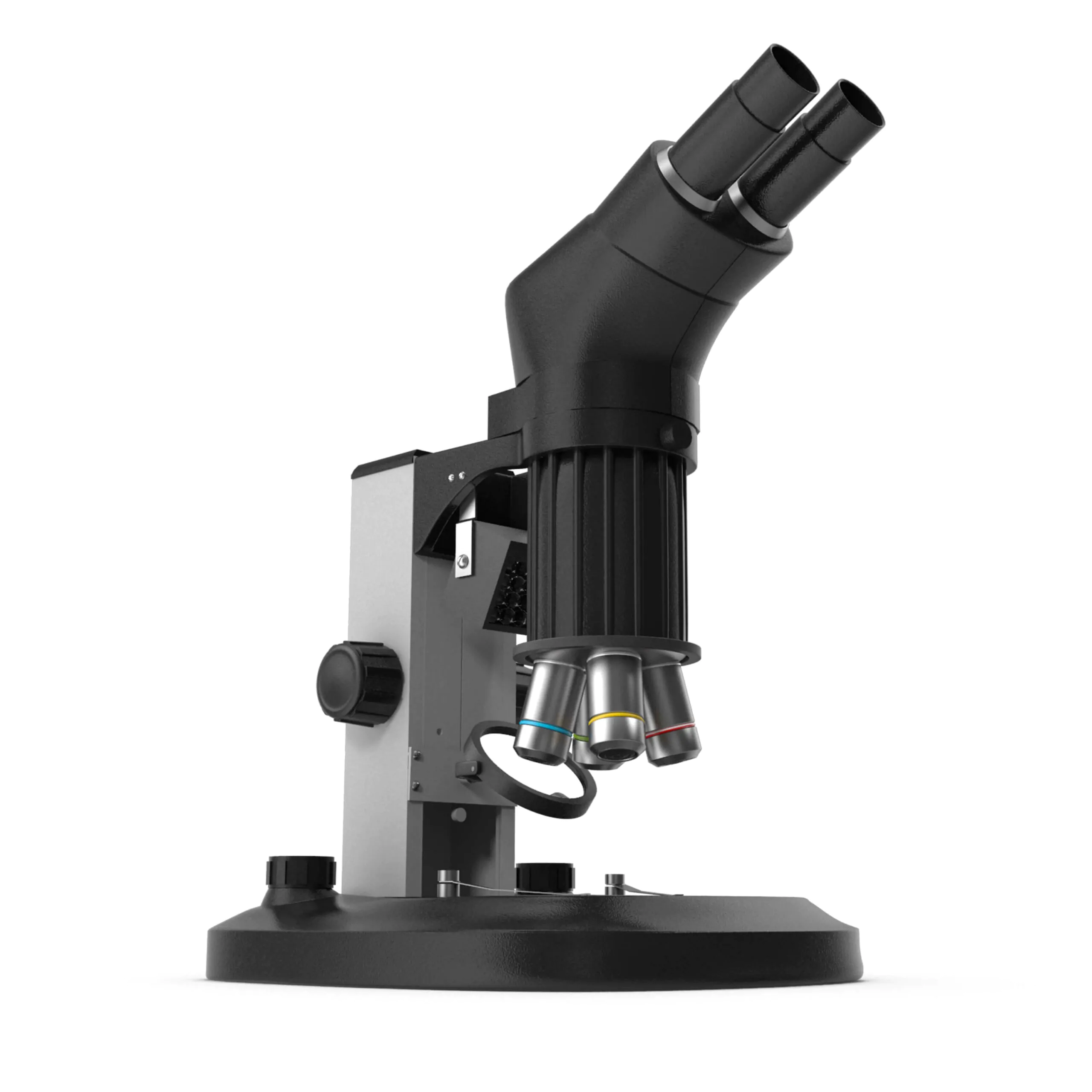
Stereo Microscope
A stereo microscope helps you see larger things in 3D. You can look at insects or rocks, so you will see their height.
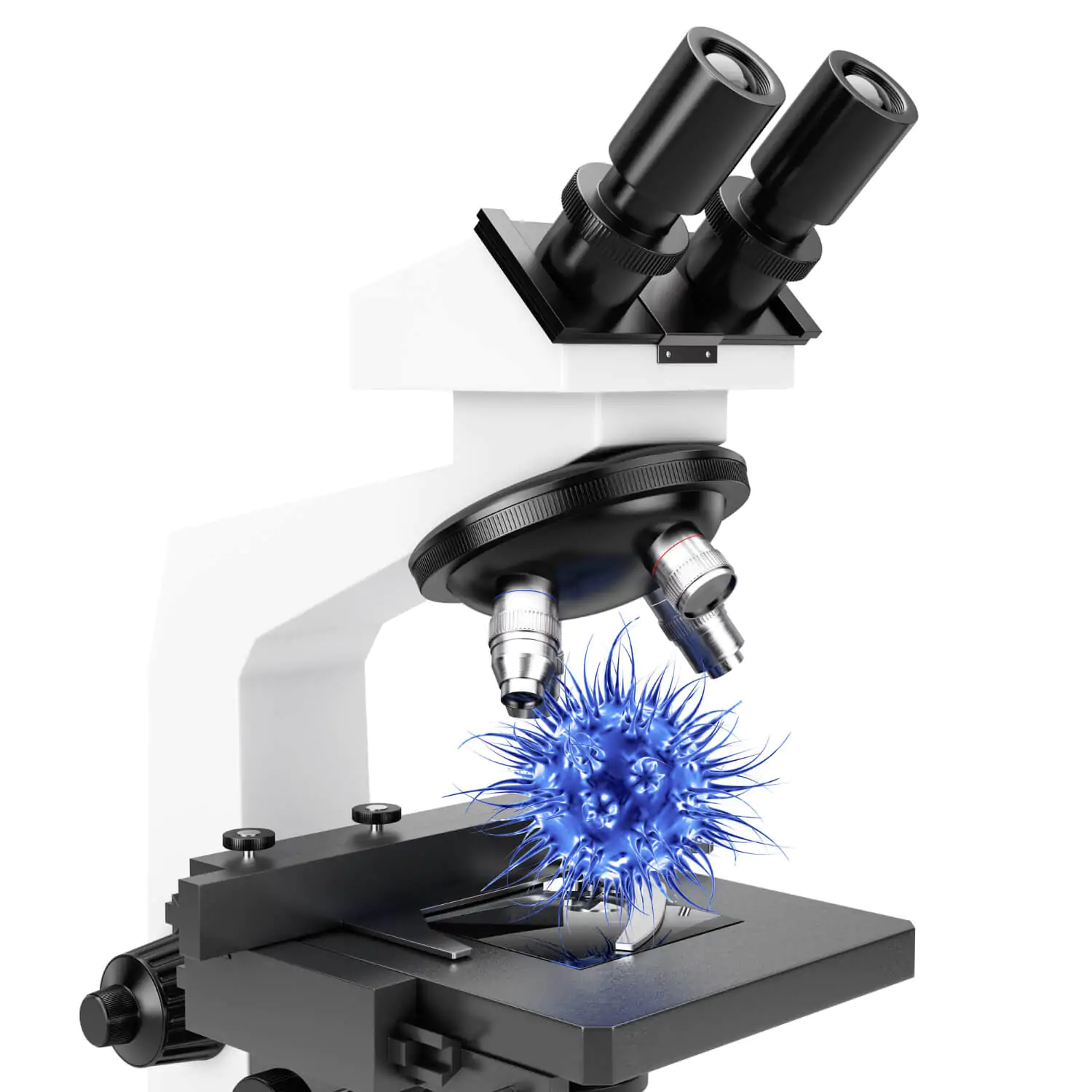
Inverted Microscope
An inverted microscope lets you look at your samples from below. This is very helpful when you are working with live cells.

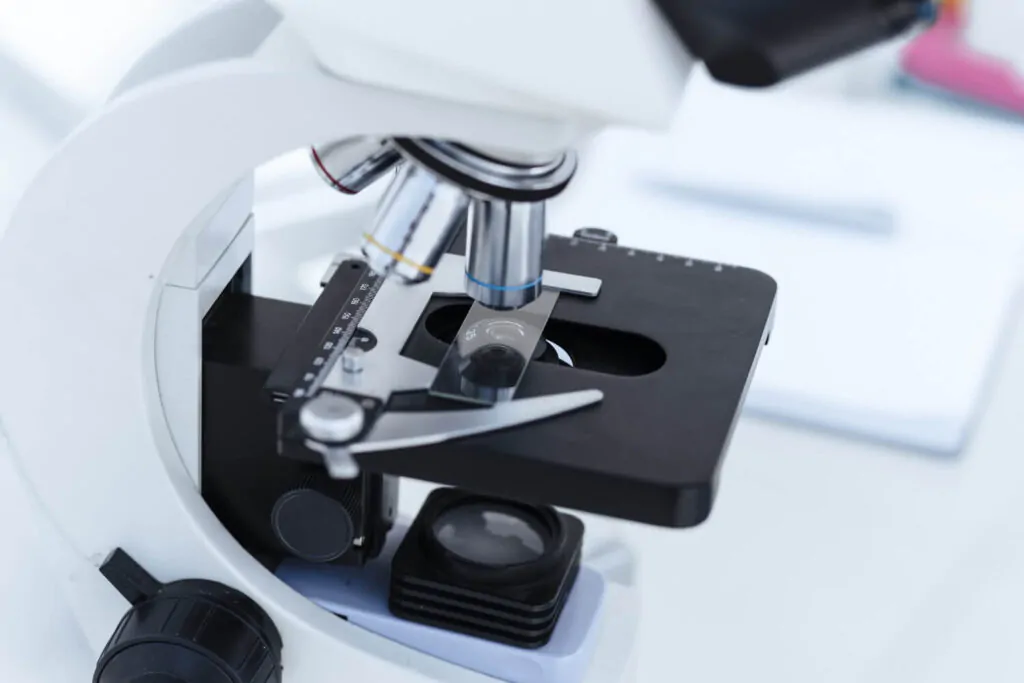
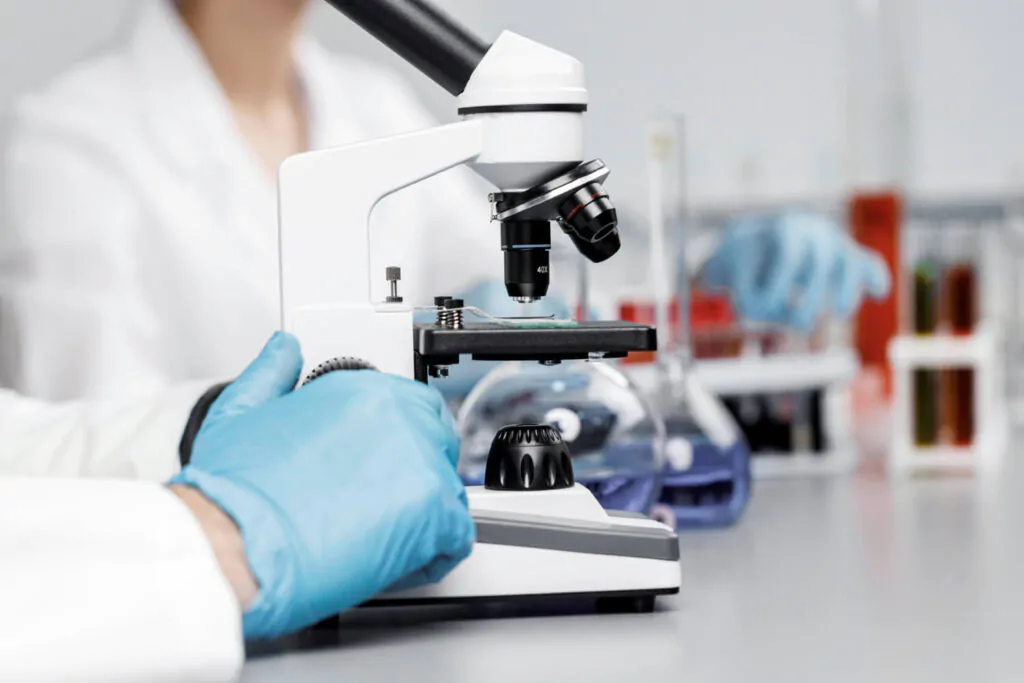
Different Kinds of Microscopy
Sometimes, special ways of using a microscope are named. These are called microscopy. They are not types of microscopes themselves, but how you can use a microscope to see things in unique ways.
- Fluorescence microscopy is a way of using a microscope. It uses a special kind of light. It makes parts of what you are looking at glow. This helps you see specific things very clearly inside a sample.
- Confocal microscopy is another special way. It creates very clear and sharp images. It can even make images of things deeper inside a sample. So, you will get very detailed pictures without blurry parts.
- Atomic force microscopy is a very advanced way to use a microscope. It is for seeing very, very tiny surfaces. It does not use light at all. Instead, it uses a tiny needle to feel the surface. So, you can see things at a super small level, even atoms on a surface.
Applications of Microscope
Microscopes are very helpful tools in many different places. You can find them being used for important work every day.
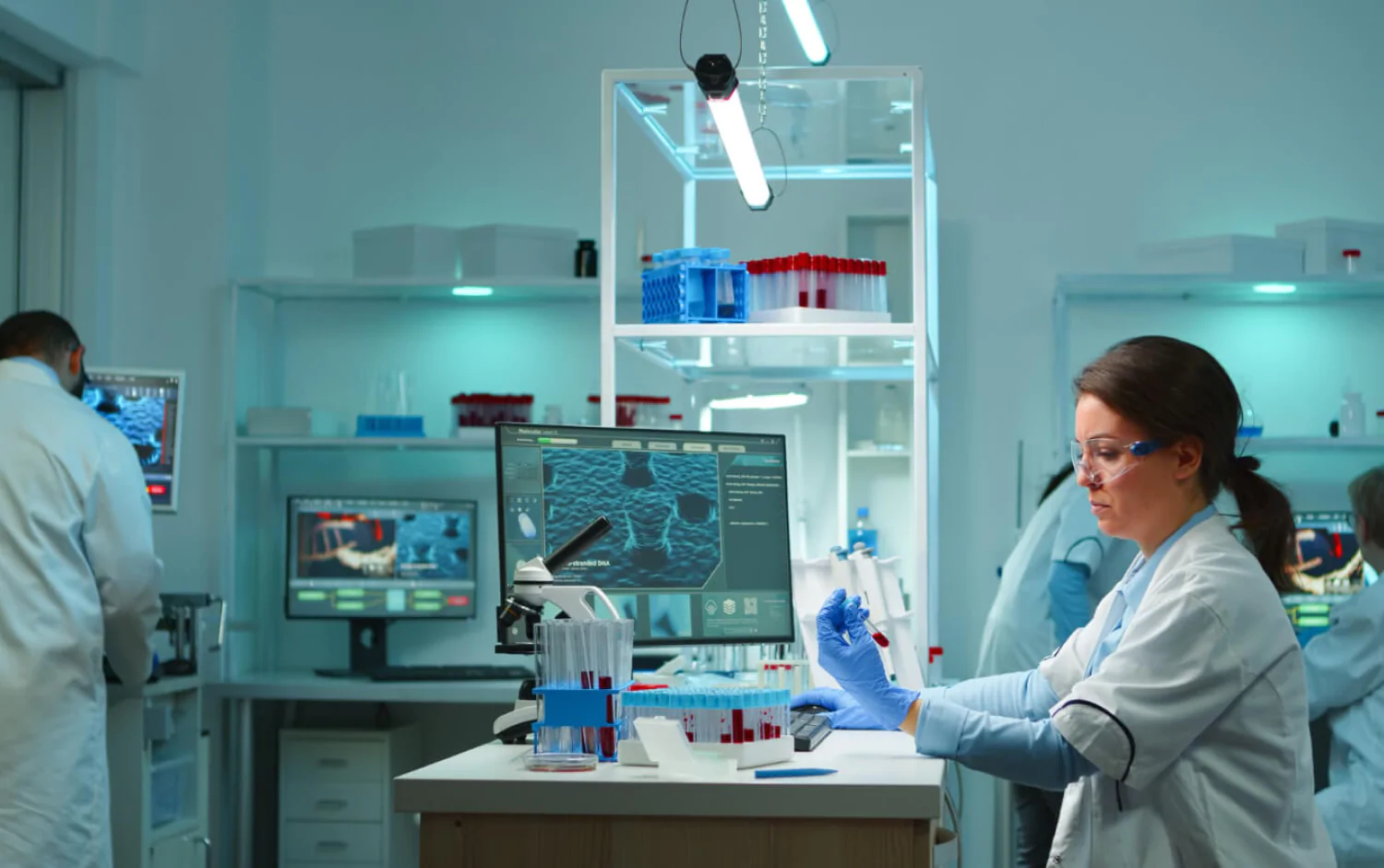
Science Labs
In science labs, you can use a microscope to study tiny things for many new discoveries.

Medicine
You can use a microscope to find tiny germs so doctors know what makes people sick.

Industry
In factories, you can use a microscope to check small parts so products will work exactly

Education
In schools, students can use a microscope to learn about the tiny world and biology.

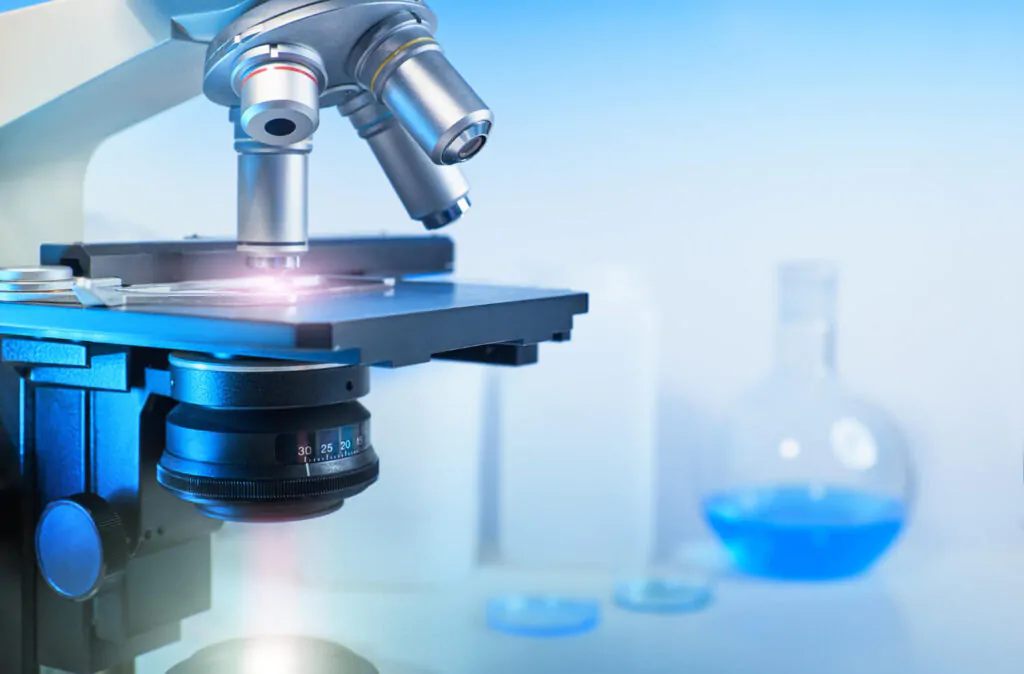
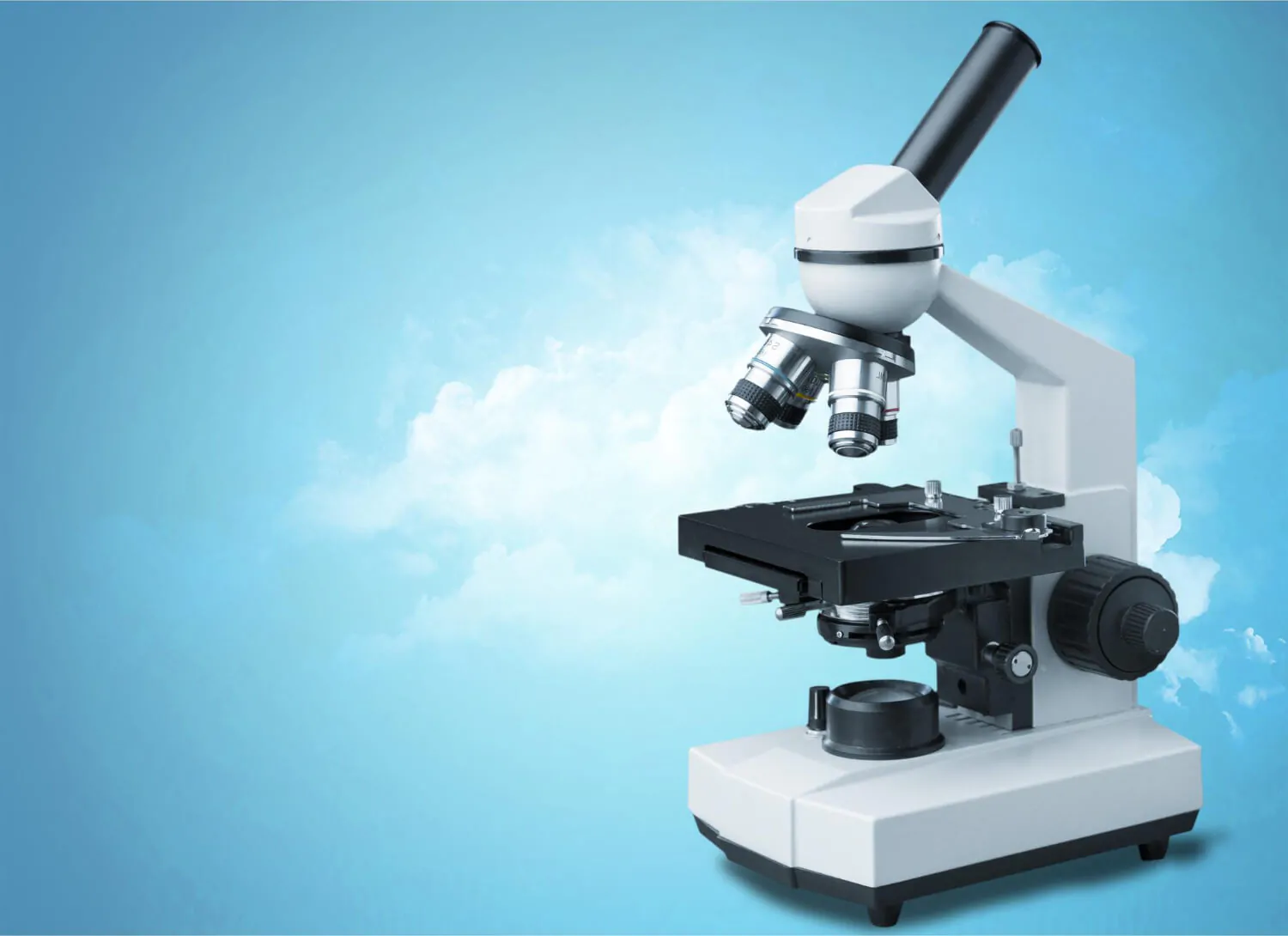
Why Choose Saffron Chemicals for Your Microscope Needs in UAE
You will want the best microscope for your work. Saffron Chemicals is one of the best lab medical suppliers in UAE. We provide the best quality and durable microscopes for your needs. We understand what you need. We have many kinds of microscopes. This means you can find the right microscope for your lab or medical work. Our microscopes are strong. They will last a long time. So, you can trust them for your important work. As leading microscope suppliers in the UAE, we are here to help you choose the perfect microscope. We will make sure it fits what you need to do every day.
Faqs
What is ammonium chloride made of ?
It’s made of nitrogen, hydrogen, and chlorine (NH₄Cl).
What is ammonium chloride?
Ammonium chloride is a salt which is odourless and white in colour used in industrial and educational purposes. It’s used to clean metal before joining it with solder. It helps in making dry batteries and other ammonia stuff. Sometimes, when metal is coated with zinc, it can create tiny bits of Ammonium Chloride in the air, like smoke.
Uses of Ammonium chloride ?
Ammonium chloride is used for a few main things:
- Helping plants grow: It’s in fertilisers that farmers put on their fields.
- Powering some batteries: It’s an important part inside certain types of batteries.
- Cleaning metal: It helps clean metal surfaces before they are joined together with solder.
- Making other chemicals: It’s used as an ingredient to make other chemical products that have ammonia in them.
- Coating metal: It helps get metal ready for a layer of zinc or tin.
Can ammonium chloride sublime?
Yes, ammonium chloride can sublime.
Ammonium chloride turns from a solid directly into a gas when it gets hot, without melting into a liquid first. You can see this happening as white smoke coming off it when it’s heated. If this gas cools down, it can go straight back to being a solid again. This special ability to go straight from solid to gas is important for some of the ways ammonium chloride is used, like making certain kinds of smoke or cleaning it up by turning it into a gas and then back into a solid.
Can ammonium chloride dissolve in water?
Yes, ammonium chloride can dissolve in Water.
Ammonium chloride can definitely dissolve in water. It’s actually very good at it – a lot of it can mix right into the water. When it dissolves, it breaks apart into tiny charged pieces called ammonium ions and chloride ions. These ions spread out and mix evenly with the water molecules, making a clear solution. You can dissolve quite a bit of ammonium chloride in just a small amount of water.
Ammonium chloride chemical Formula?
NH4CL
Ammonium chloride is an inorganic compound with the formula NH₄Cl. It is highly soluble in water and able to produce acidic solutions.
